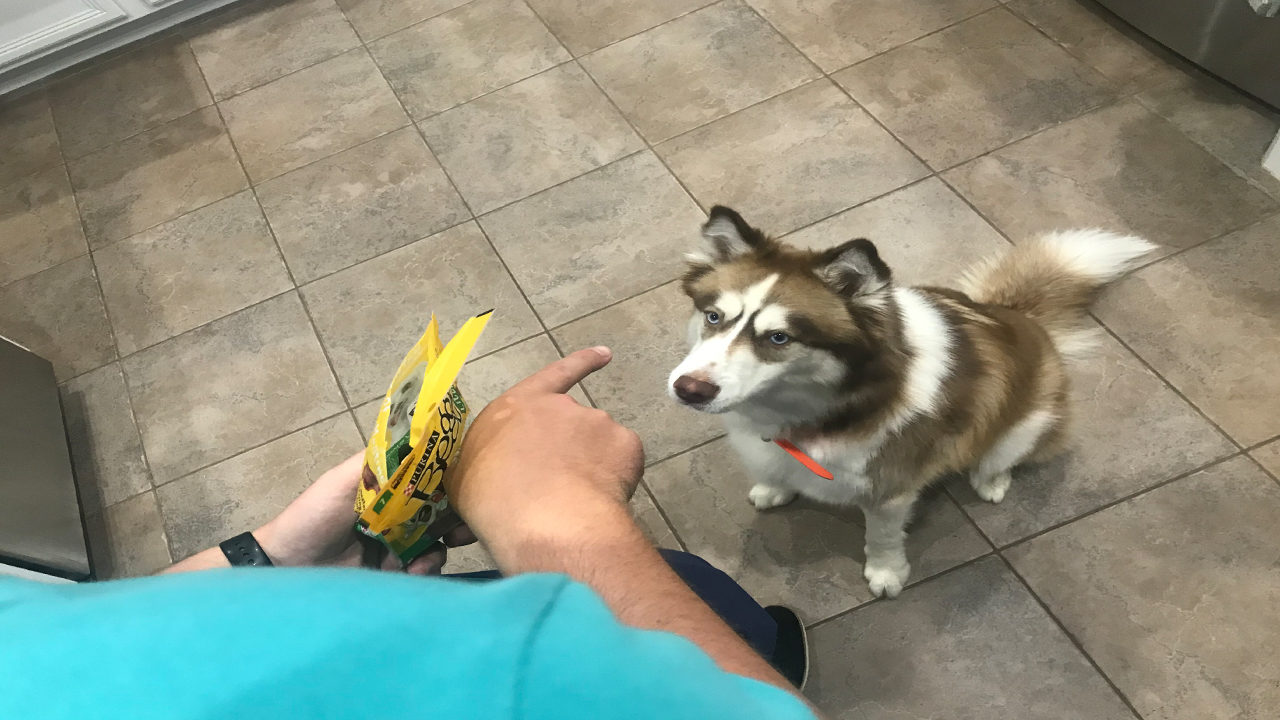ORLANDO , Fla. – Canine Companions for Independence is a nonprofit organization that provides assistance dogs to adults, children and veterans with disabilities at no cost. The organization also allows humans to lend a helping hand to those in need.
Three months ago, I became a volunteer puppy raiser to Winnifred, and ever since then I've noticed a lot of smiles when I take her places. For the next 14 months, I'll be training her to become a future assistance dog, a mission that requires plenty of patience, repetition and love.
An important requirement for the puppy raising program is attending the obedience classes, held throughout the month. Theses classes are truly beneficial for both the handler and the puppy. You learn new commands and then take them home to practice. It's amazing how quickly puppies take to the new commands and remember them.
Below is a list of tools and tricks that have helped me develop into becoming a puppy trainer, thanks to Canine Companions for Independence. If you have a puppy, or just feel like teaching an old dog new ticks, I recommended starting with these basics.
1.) Choosing the right leash
Good training starts with a good leash. A retractable dog leash allows for a comfortable dog walk, but if you want to see results while training a dog, you need a regular dog leash. This type of leash allows for handler dexterity. I recommend a 6-foot leash, and either leather or nylon is fine. Just be mindful that puppies tend to chew, so a leather leash is best for older pups.
2.) Invest in a gentle leader
I can't get over what a game changer this is, and there's such a difference when Winnifred is and is not wearing it. A gentle leader is a head collar that fits securely over the dog's nose. If your dog tends to pull away from you, a gentle leader allows you to work against those urges, and have better control over their head and body. And no - it does not hurt them.
3.) The smellier the training treats the better

Perfecting a "sit"- "down" - "roll" - or "here" all starts by rewarding a puppy with treats. For obedience training, use small and smelly treats. I like to designate Blue Buffalo bits for training purposes, because when Winnifred catches that familiar scent, she knows it means business. Also, training treats are small for a reason, because you go through a lot every day. Treats don't spoil the dog, they merely help them train.
4.) Positive reinforcement and corrections

Everyone likes to get complimented about the hard work they do, and the same goes for dogs. While you may feel frustrated or defeated at times, praising a dog when they do a command will put you two steps forward in the long run. You don't want to be that boss that yells incessantly. Positive reinforcement is much more constructive.
Corrections are just as important as praise. Saying "no" or "don't" to Winnfred on a consistent basis is helping her achieve the desired goal, especially in combination with the gentle leader.
5.) Go with a kennel over a crate
A crate isn't necessarily a bad choice. It does the job, but doesn't give them the peace and security that a kennel does. It's important that Winnifred spends time in her kennel not only through the night, but periods during the day. Also, the best way to crate train is to ignore the puppy if they whine. The fewer interruptions, the better, because if you respond to the puppy's whining, they will quickly learn that - this is the way to get attention.
For more information on how to become a volunteer puppy raiser for Canine Companions for Independence, click here.